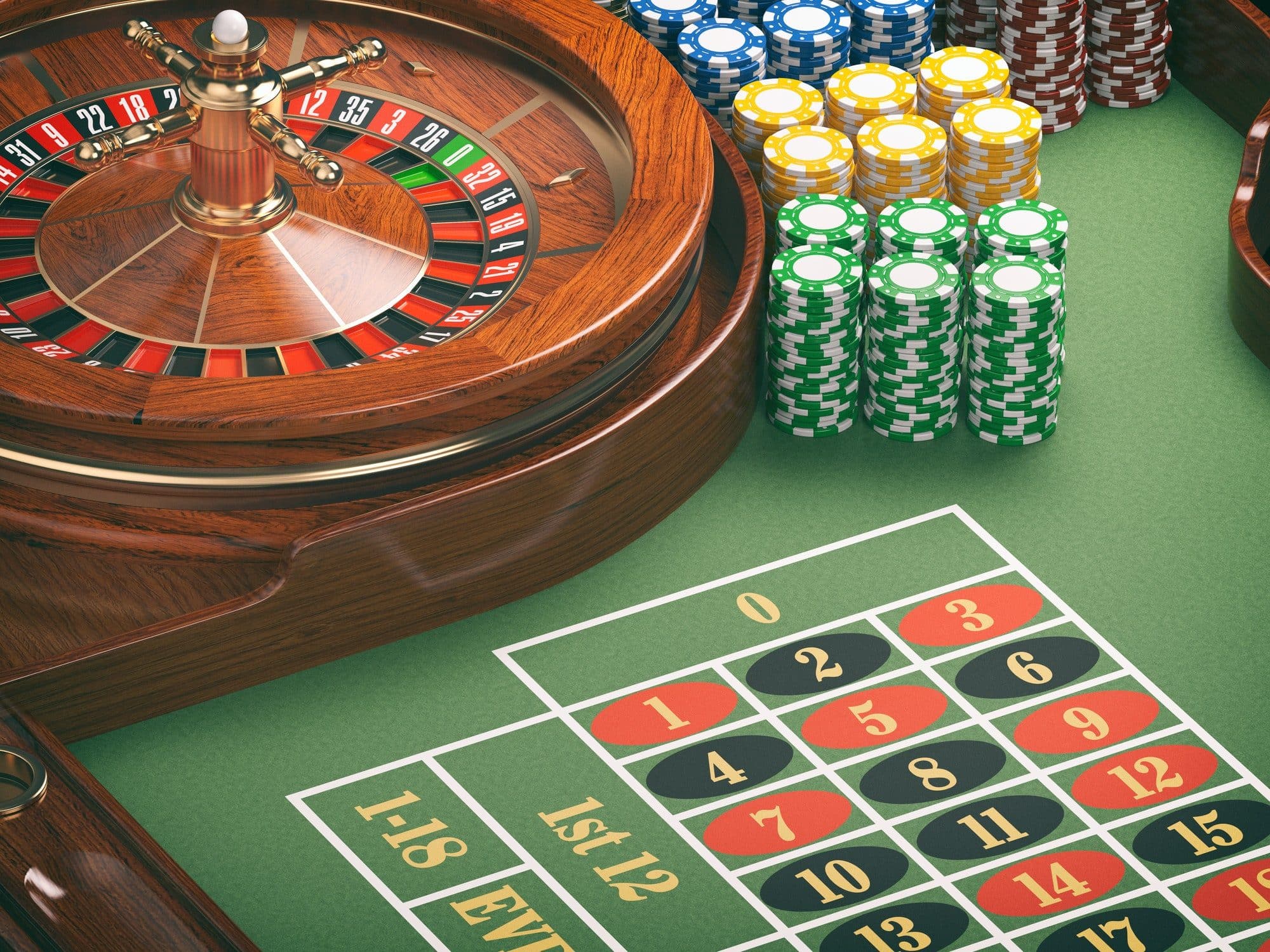The realm of gambling establishments has consistently been a captivating realm, attracting millions of gamblers with the allure of winning big and the thrill of luck. Among the various types of games offered, slot gambling stands out as a fundamental aspect of this vibrant culture. With their bright lights, captivating sounds, and colorful themes, slot machines provide not just a game, but an adventure that captivates the imagination of participants from all walks of life.
At the heart of slot gambling lies a series of intriguing rituals and beliefs. From the manner gamblers approach a slot machine to the specific rituals they follow when placing their bets, these practices often speak to the underlying mental and cultural underpinnings of gambling. As we take a closer look at slot gambling, we will explore the unique customs that have arisen around these machines, highlighting how they influence the experience and affect the outcomes for those who dare to pull the lever or hit the button.
Historical Evolution of Slot Machines
The journey of slot machines started in the late 19th century with the development of the Liberty Bell in 1895 by Charles Fey. This simple machine included three spinning reels and 5 symbols: hearts. Players would drop a coin into the machine, pull a lever, and hope for a winning combination. This Liberty Bell set the stage for future slot machines, captivating the public’s interest in gambling through this innovative form of entertainment.
During the 20th century, interest of slot machines surged, particularly during the Prohibition era when traditional gambling was restricted. In response to this need, manufacturers started creating more intricate and appealing designs, introducing features like automatic payouts and themed machines. The introduction of electromechanical slots in the 1960s revolutionized the industry, allowing for more complex gameplay and the inclusion of various paylines, which enhanced the excitement and potential winnings for gamblers.
By the 1980s, video slot machines appeared, replacing traditional mechanical designs with digital screens and animated graphics. This technological advancement appealed to a younger audience and resulted in the development of themed slots based on trending topics, movies, and television shows. The evolution continued into the 21st century with the advent of online casinos, allowing players to enjoy slot gambling from the comfort of their homes. Consequently, the slot machine has transformed into a global phenomenon, blending tradition and innovation in an ever-evolving landscape.
Psychology of Machine Gambling
The attraction of slot gambling taps into deep psychological needs that drive players to interact with these machines over and over. A significant aspect is the aspect of chance and the uncertainty it offers. The possibility of a big win can create an exhilarating rush for players, activating the brain’s reward system in a manner to how other addictive behaviors operate. This unpredictability holds players on the edge of their seats, nurturing a sense of excitement that can prompt them to spend more time and money in search of that hard-to-reach jackpot.
Another, important psychological aspect is the concept of near misses. Studies has demonstrated that getting close to winning, such as landing two out of three matching symbols, often motivates players to continue gambling. This near miss effect can create a false sense of hope and encourages further play, as individuals feel that they are nearer to a win than they might actually be. Slot machines are designed to take advantage of this behavior, making it an essential part of their appeal and strengthening the cycle of gambling.

Additionally, the social aspect of slot gambling cannot be overlooked. Many players value the shared experience of being in a casino setting, where they can share excitement and camaraderie with others. This social support can amplify emotional reactions, making wins feel even more meaningful and losses less devastating. slot bet 100 The interaction of individual psychology and the shared experience of others contributes to the vibrant culture enveloping slot gambling, attracting participants who may otherwise be reluctant to engage in this form of gaming.
Social Rituals and Superstitions
Slot betting is not just about chance and fortune; it is intertwined with various traditional rituals and superstitions that enhance the playing experience for many players. Across different areas, gamblers often adopt particular behaviors believed to influence their fortunes. From the way players approach the machine to the timing of their wagers, these practices reflect strongly held beliefs in chance and destiny. For instance, some players may choose to enter the gaming hall with a specific foot initially or tap the machine three times before playing, all in hopes of attracting good luck.
In addition to individual customs, shared superstitions also play a significant role in the slot betting environment. Many gamblers share common beliefs about fortuitous machines or periods to gamble. For example, players often gravitate toward slots that have recently paid out, convinced that they hold remaining luck for the next gambler. This phenomenon is enhanced in busy gaming halls where whispers can spread stories of particularly lucky machines, creating a social dynamic that influences where players choose to spend their time and funds.
Lastly, icons of fortune are prevalent in the realm of slot betting, with many gamblers carrying charms or amulets believed to bring success. Items like fortunate coins, gemstones, or even photographs of family members may take on a role of importance in the gambler’s strategy. These items not only serve as individual talismans but also as a means of creating a stronger connection to the gambling experience itself. In this manner, slot gambling transcends mere amusement; it becomes a cultural tapestry woven with shared ideologies and rituals that provide a feeling of hope and community among players.